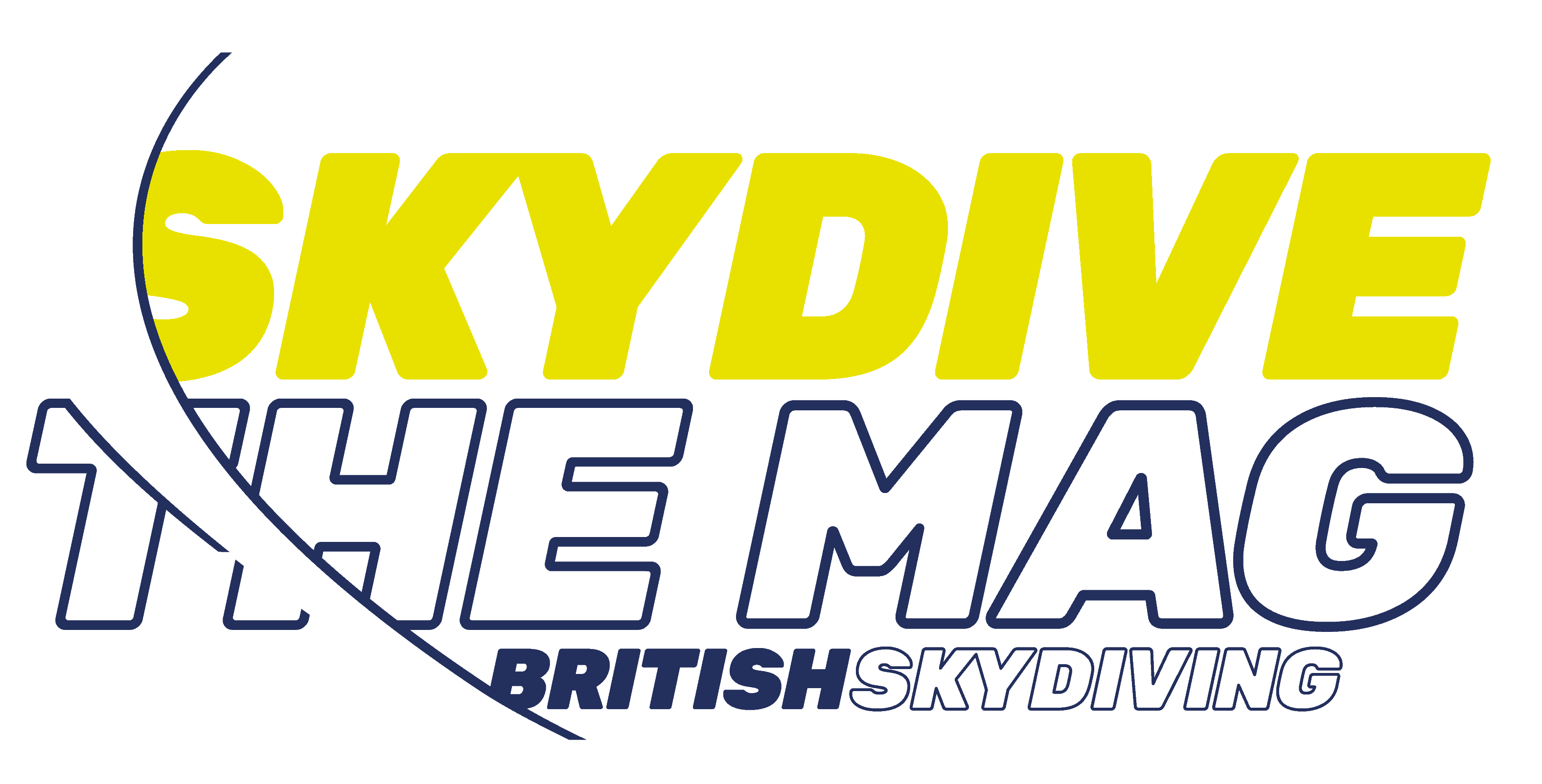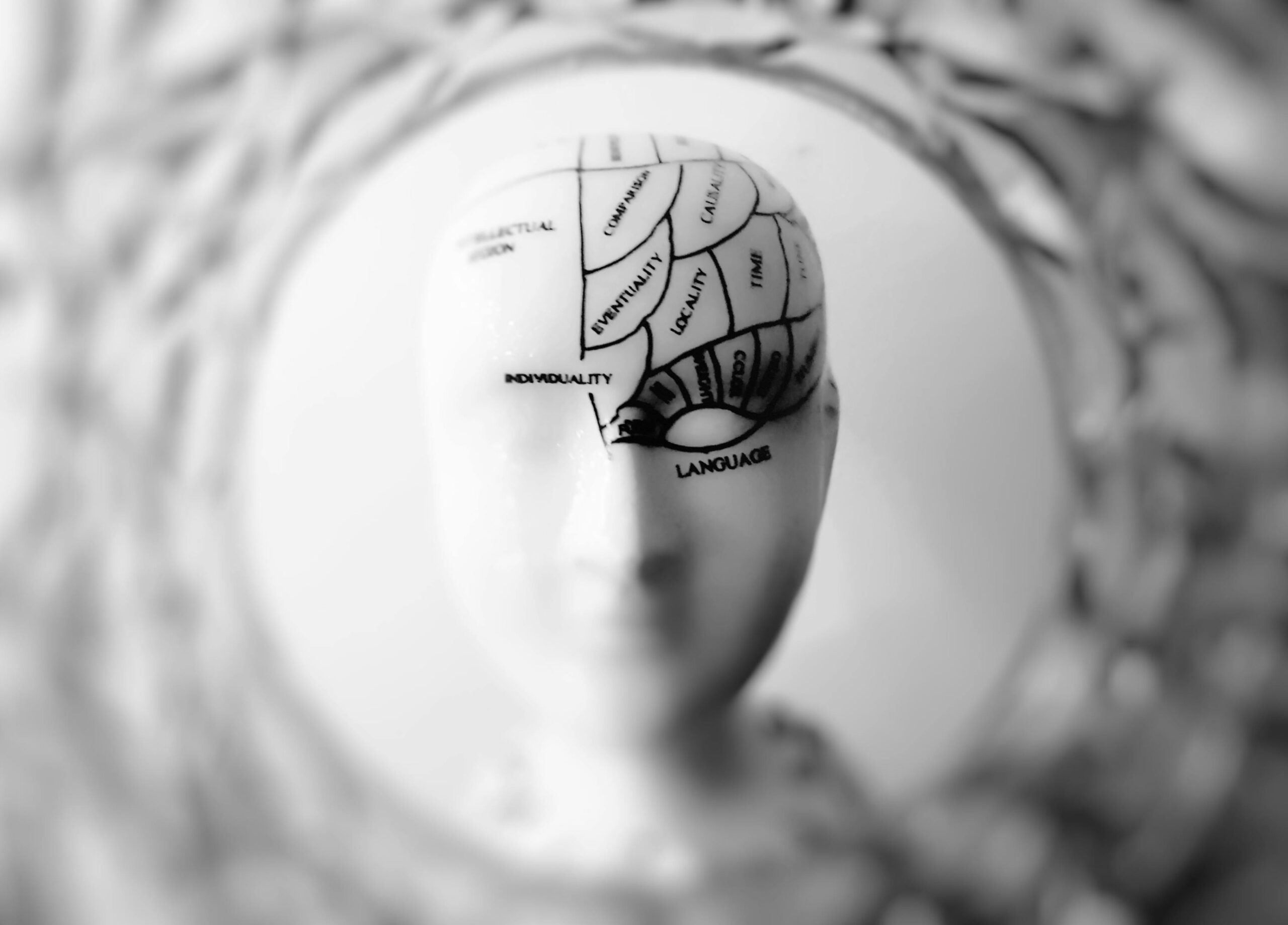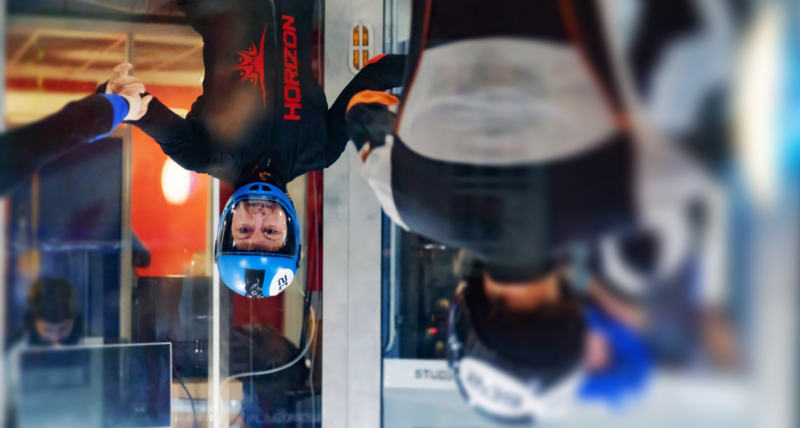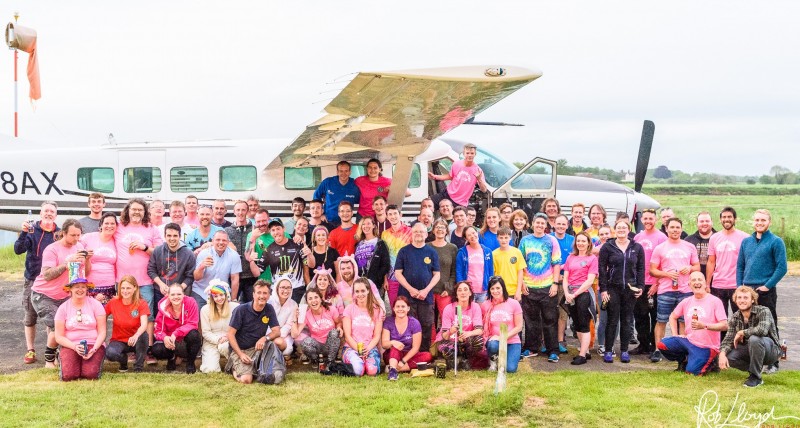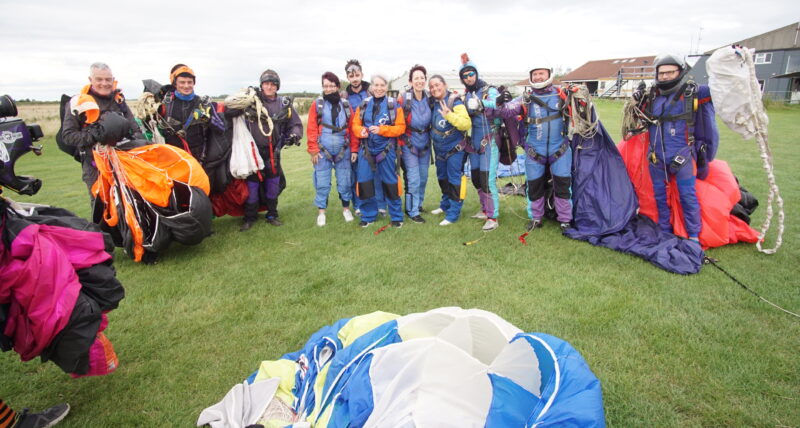Neurodiversity Is Powerful Stuff. Let’s Embrace It
This is the first of two articles derived from an AGM talk given by our regular KISS + Tell Contributor, Emily Aucutt, alongside Advanced Packer/Basic Rigger Lucy Mancey.
Over the course of the past year, we’ve taken this space in this magazine to look at some of the ways that physical diversity barriers to our sport – such as deafness – can be overcome. Differences beyond the physical also loom large for us in our sport, and by that, I mean the stuff that’s completely invisible to the naked eye. As you might have guessed, I’m talking about neurodiversity. Make no mistake, whether you’re an instructor or just a happy-go-lucky sport skydiver, knowing more about this subject will improve your dropzone days in ways you might not anticipate.
Does the word “neurodiversity” make you wince a little?
Don’t let it.
As a word, “neurodiversity” doesn’t point at something that’s wrong. It simply describes the differences between how our individual human brains work. This diversity is a natural part of being human. That definition has somehow narrowed to refer to people as “neurodiverse” if they’re diagnosed as autistic, ADHD, have dyslexia or exhibit some combination of these. (Conversely, you would be called “neurotypical” if you are not diagnosed with one of those conditions.)
The sport of skydiving appears to attract quite a neurodiverse crowd. Some might say it’s the adrenaline-seeking, dopamine-hunting ADHDs out there – but you know, there’s probably a vast array of reasons why this sport does attract a really diverse range of individuals. It follows that knowing more about neurodivergence will help instructors to instruct, examiners to examine, coaches to coach, dropzone staff to problem-solve and “regular old skydivers” to have better, more connected days.
You may have been exposed to the train of thought that runs along the lines of, “Okay, but we’re all a little bit on the spectrum, aren’t we?” The problem with thinking like this is it undermines some of the struggles that neurodiverse individuals deal with on a regular basis.
We all experience the world from the human perspective, but what constitutes a mild annoyance for one person can be quite debilitating – a real barrier – to another.
There are, in fact, a whole lot of myths and misconceptions around neurodivergence. Because there’s a good chance you operate under at least one of them, let’s clear them up right away…
Myth #1: You’re only ever one kind of neurodivergent.
A lot of neurodiversities commonly coexist. Someone can be autistic and have ADHD and dyslexia, to name but a few. Most people’s neurodiversities overlap and interrelate in really interesting ways.
Myth #2: People with neurodiverse conditions cannot succeed in professional careers, never mind successful careers in skydiving.
This is completely false. Some people will experience more difficulties achieving some goals, but on the whole, neurodiversity is not a barrier to becoming an instructor; a rigger; an examiner; or to any path in the sport. Really.
Myth #3: Neurodiverse individuals always require “special education” (or at least onerous accommodations.)
Again: false. A lot of neurodivergent folx will go through life struggling more than others, but will get there. Some people will require a little bit more help and assistance, and it’s well worth having a think about those ways we can provide that support in the context of skydiving. (We’ll look at that a little bit more in a moment.)
Myth #4: All people with ADHD are hyperactive.
ADHD can look very different expressed by different people. It can look like hyperactivity, or inattentiveness, or it might not be detectable at all to outside observers. As with most neurodiverse conditions, there is a spectrum across which people experience the phenomenon and how it presents to the world. Everyone is unique and individual. If you’ve met one person with ADHD, you have met one person with ADHD.
Myth #5: Neurodiverse individuals lack social and emotional skills.
While a lot of neurodiverse individuals will struggle with their social and emotional skills in some way, shape, or form – and some more than others – this is not a blanket statement you can (or should) apply to all neurodivergent people.
Myth #6: Dyslexia is just mixing up letters and numbers.
Dyslexia is far more than reading words backwards. It’s a processing disorder, and individuals with dyslexia can have difficulties in various areas: such as recalling verbal cues (including the verbal cues we use so often in AFF).
Myth #7: Neurodivergence is pretty rare.
From a study conducted last year, one in a hundred people in the UK is on the autistic spectrum. Three to four percent of children – and two to three percent of adults – in the UK have been diagnosed with ADHD. Ten percent of the UK population is dyslexic. Overall, about ten to 14 percent of the overall population exhibit some form of “neurospiciness.”
counted in those numbers have been diagnosed or have chosen to be diagnosed, so the actual number is likely to be higher – perhaps, a lot higher – than that.
Stay Tuned
We’re sure you have more questions – and we have (at least some) answers. In the next issue, we’ll lay out a toolkit for effectively teaching – and supporting – neurodiverse individuals to reach their sky-diving goals.
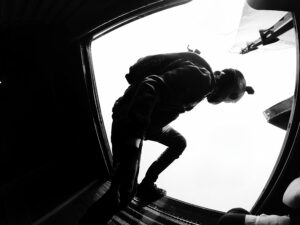
See you there!
This article was derived from an AGM talk given by our regular KISS + Tell Contributor, Emily Aucutt, alongside Advanced Packer/Basic Rigger Lucy Mancey. Lucy works for a neurodiversity awareness and coaching company and is a parent to an autistic ADHD teenager (and undergoing diagnosis for ADHD herself). Lucy is passionate about supporting neurodiversity awareness and inclusivity, and to help others understand the unique qualities and challenges that neurodiversity brings.
Watch the full (riveting!) talk here.
Want to find more stories like this? Download the official Skydive the Mag app on either apple or android. Don’t want to download? Don’t worry. You can read the online version here.
